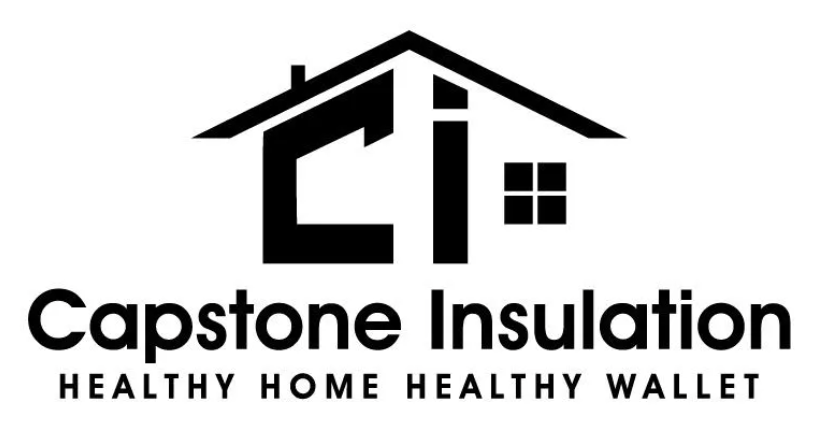FAQs
Insulation Services
What insulation services do you offer?
We offer a comprehensive range of house insulation services, including installation, removal, upgrades, and evaluations to determine the best insulation solutions for your specific needs.
How do I know if my home needs insulation?
Signs of insufficient insulation include inconsistent indoor temperatures, drafts, high energy bills, and difficulty maintaining comfortable living conditions. Our team can conduct an evaluation to assess your house insulation services needs.
Will upgrading my insulation help me save on energy costs?
Yes, upgrading your insulation can significantly reduce heating and cooling costs by improving the overall energy efficiency of your property. Explore our blown-in insulation services for more details.
Air Sealing Services
What is air sealing, and why is it important for homes or buildings?
Air sealing services involve closing gaps, cracks, and openings in a structure to prevent the exchange of indoor and outdoor air. It’s crucial for improving energy efficiency, reducing drafts, and enhancing overall comfort.
How can I tell if my home or building needs air sealing?
Common signs include drafts, uneven indoor temperatures, high energy bills, and difficulty maintaining desired comfort levels. An insulation contractor can conduct an assessment to identify areas that may benefit from a sealing service.
Can air sealing help with moisture control in a home or building?
Yes, air sealing services can assist in moisture control by preventing the infiltration of humid outdoor air. This helps reduce the risk of condensation and mold growth, contributing to a healthier indoor environment.
Blower Door Testing
What is a blower door test, and how does it benefit homeowners?
A blower door test is a diagnostic tool used to measure a building’s airtightness. It helps identify air leaks, drafts, and insulation issues, leading to improved energy efficiency, comfort, and reduced utility bills for homeowners.
When is the right time to consider a blower door test for a home?
A blower door test is beneficial during construction, renovations, or when homeowners experience comfort issues, such as uneven temperatures, drafts, or suspect air leakage. It is also recommended for energy-efficient home assessments.
What happens after the blower door test is completed?
After the blower door test, the contractor will analyze the results and provide a detailed report. This report outlines identified air leaks, recommendations for improvements, and potential energy savings, helping homeowners make informed decisions.
Thermal Imaging
What is thermal imaging, and how does it relate to insulation services?
Thermal imaging specialists use infrared thermography to capture and visualize temperature variations. In insulation services, it helps identify areas of heat loss or gain in a building, aiding in the detection of insulation issues.
Why is thermal imaging beneficial for homeowners considering insulation upgrades?
Thermal imaging home inspection allows us to pinpoint areas with insufficient insulation, drafts, or thermal irregularities, helping homeowners make informed decisions about improving energy efficiency and comfort.
Can thermal imaging contribute to energy savings in the long run?
Yes, by identifying and addressing insulation issues, a thermal imaging home inspection contributes to long-term energy savings. Improved insulation leads to reduced heating and cooling costs, providing homeowners with ongoing benefits.
Insulation Removal
Why might I need insulation removal services for my home or business?
Insulation removal becomes necessary when the existing insulation is damaged, contaminated, or outdated. It ensures a clean slate for installing new, effective insulation.
How can I tell if my insulation needs to be removed and replaced?
Signs include unusual odors, pest infestations, water damage, or if your insulation is outdated. An inspection by our professionals can accurately determine the need for attic insulation removal.
Will removing old insulation improve the energy efficiency of my home or business?
Yes, removing old or ineffective insulation and replacing it with modern, energy-efficient materials can significantly enhance the overall energy performance of your property. Learn more about our insulation removal services.
